This style has roots in both Greece and Rome and is known for columns and the pursuit of symmetry and harmony. Which period is this?
 Photo: Spencer Davis, Unsplash
Photo: Spencer Davis, Unsplash
Correct!
Wrong!
Which style period does the phrase "form follows function" come from, challenging the use of ornaments and richness of details in architecture?
 Photo: Rasmus Hjortshøj
Photo: Rasmus Hjortshøj
Correct!
Wrong!
In the Middle Ages, many churches with predominantly Gothic and Romanesque expressions emerged. Which of these churches is from that period?
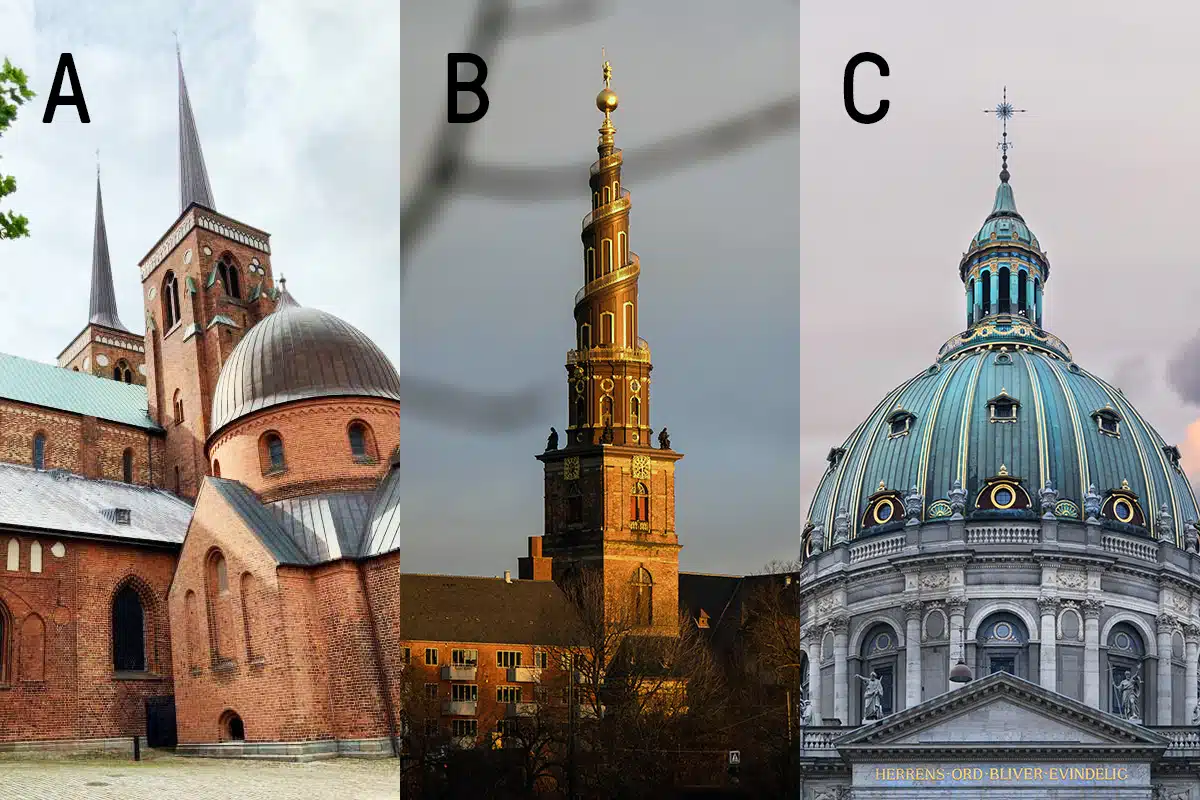 Photos: Jakob Fälling, Pixabay and Eleonora Costi, Copenhagen Media Center
Photos: Jakob Fälling, Pixabay and Eleonora Costi, Copenhagen Media Center
Correct!
Wrong!
Today, many architectural firms are rethinking future buildings with various materials used in the past such as clay, straw, and wood. When did the use of clay in architecture begin in Denmark?
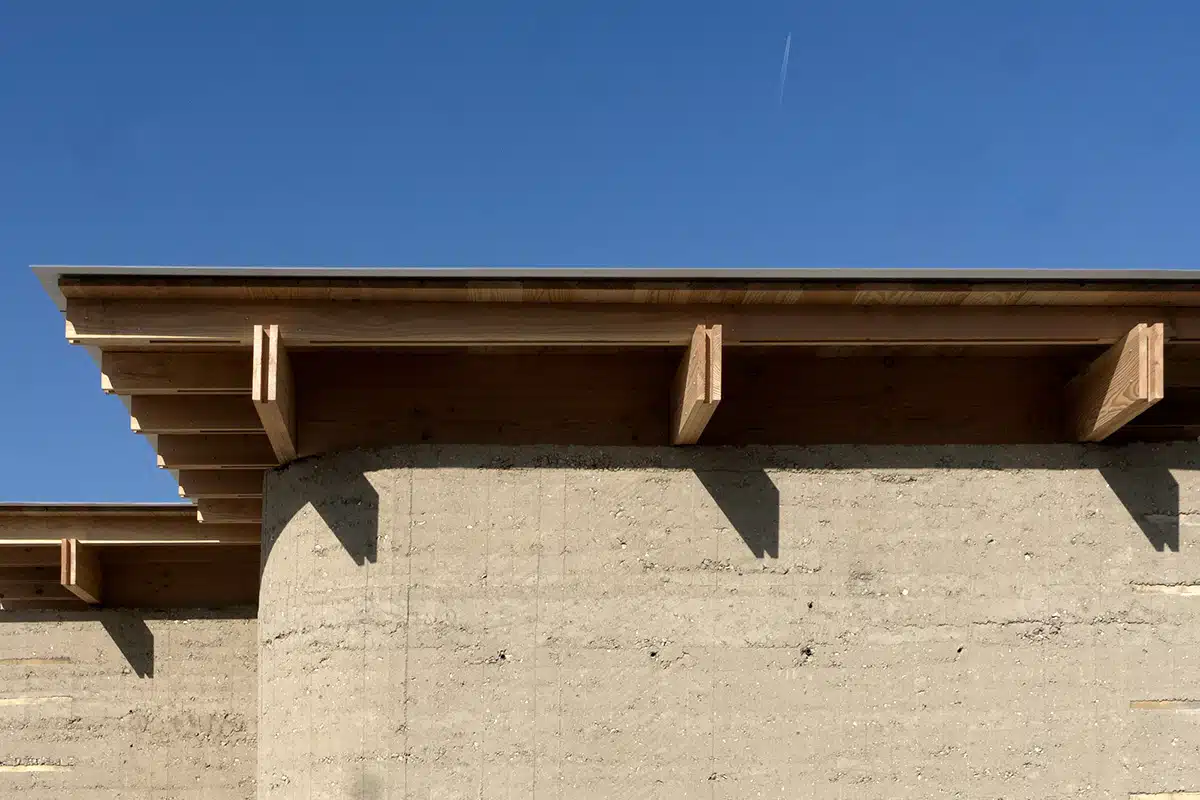 Photo: ReVærk
Photo: ReVærk
Correct!
Wrong!
With the Reformation in 1536, the church's power in society was broken, resulting in numerous changes, also reflected in architecture. The Renaissance was underway, the church lost land and estates, and the power of the king was strengthened. Which building is from the Renaissance?
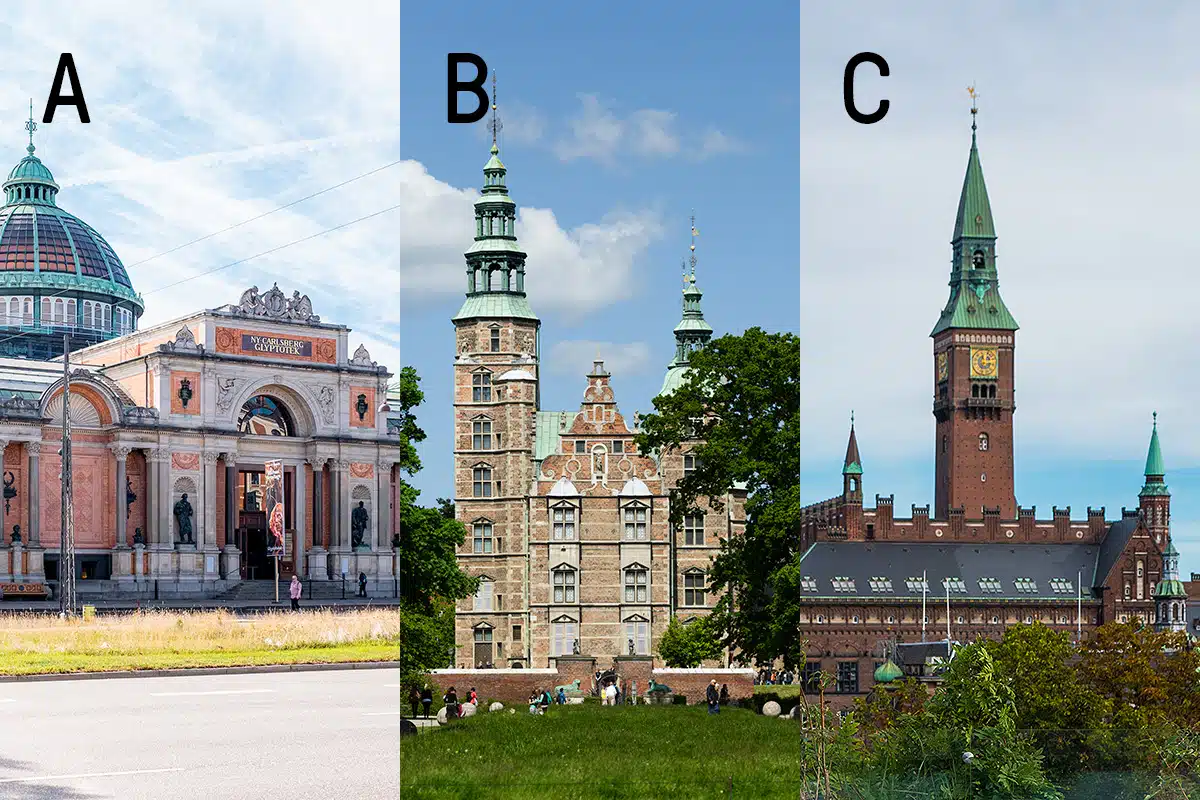 Photos: Ana Cecilia Gonzalez, Peter Nørby, Kongernes Samling og Daniel Rasmussen, Copenhagen Media Center
Photos: Ana Cecilia Gonzalez, Peter Nørby, Kongernes Samling og Daniel Rasmussen, Copenhagen Media Center
Correct!
Wrong!
The introduction of absolute monarchy in 1660 played a crucial role in the development of Danish Baroque architecture. This building is one of the period's first. What is its name?
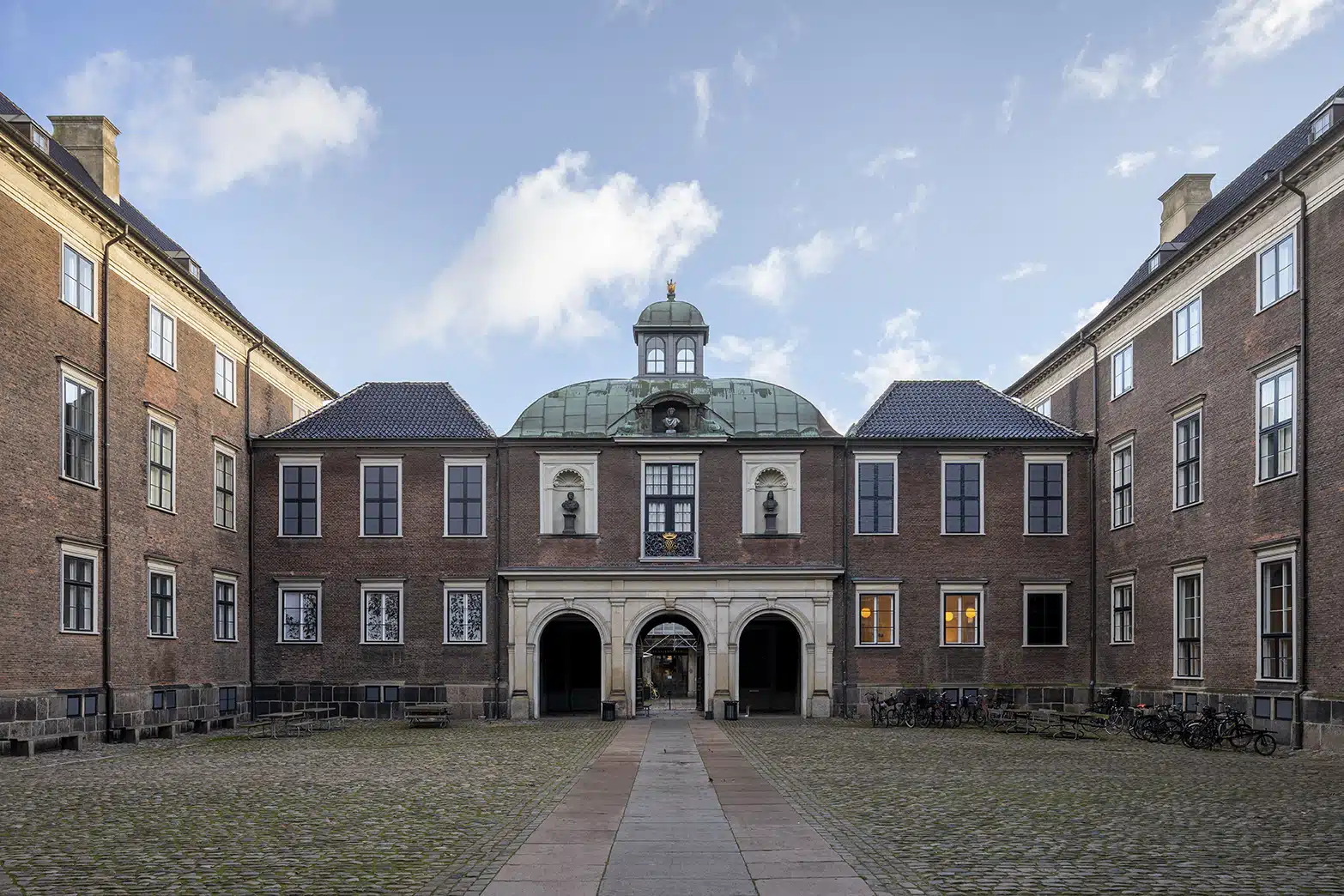 Photo: Jan Søndergaard
Photo: Jan Søndergaard
Correct!
Wrong!
During Classicism forms from antiquity, such as columns, straight lines, and muted colors, were reintroduced. One architect had a significant influence on the appearance of Copenhagen’s center with works like of Church of Our Lady, Copenhagen Court House, and Christiansborg Palace Chapel. What is the name of the architect?
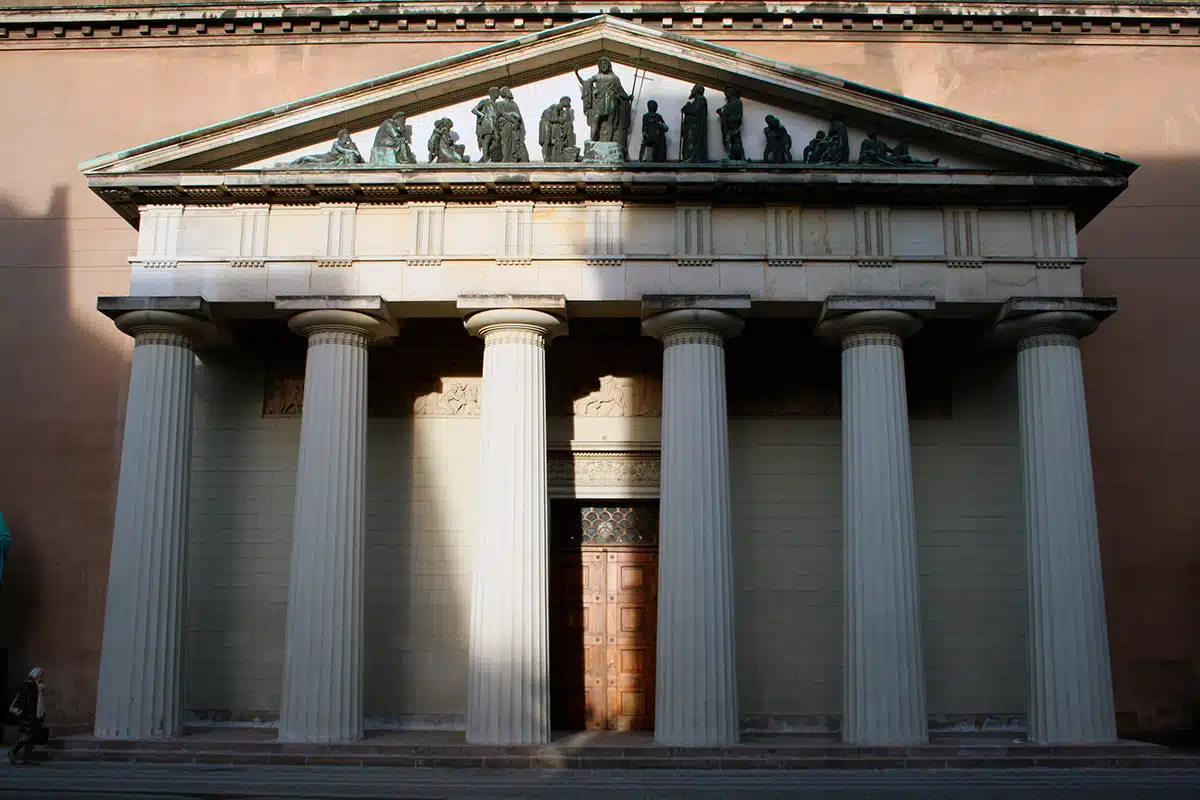 Photo: Pixabay
Photo: Pixabay
Correct!
Wrong!
BLOX in Copenhagen, Lighthouse in Aarhus, and Thors Tower in Randers are from the same architectural period. Which one?
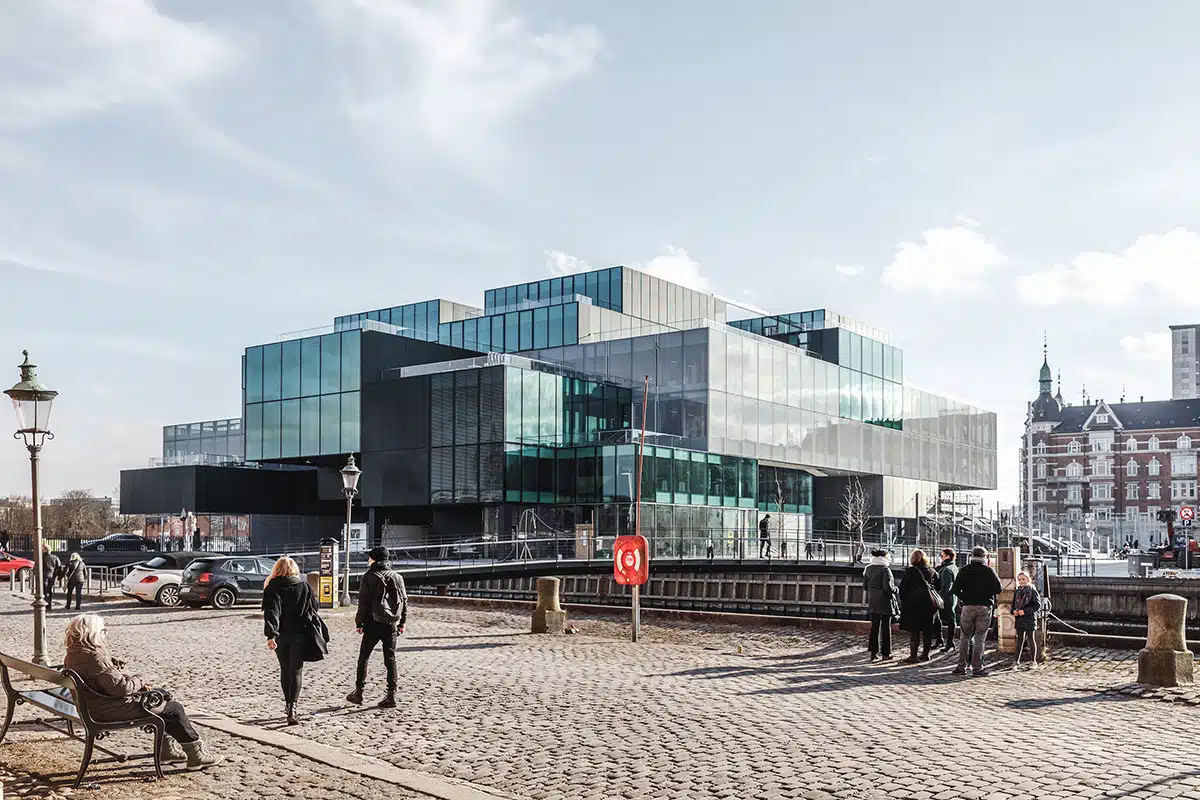 Photo: Rasmus Hjortshøj
Photo: Rasmus Hjortshøj
Correct!
Wrong!
This period is known for blending various pompous styles. An industry developed during this time, producing various pre-made elements for buildings, allowing architects to choose a building’s expression after constructing the structure and facade. What is the name of this period?
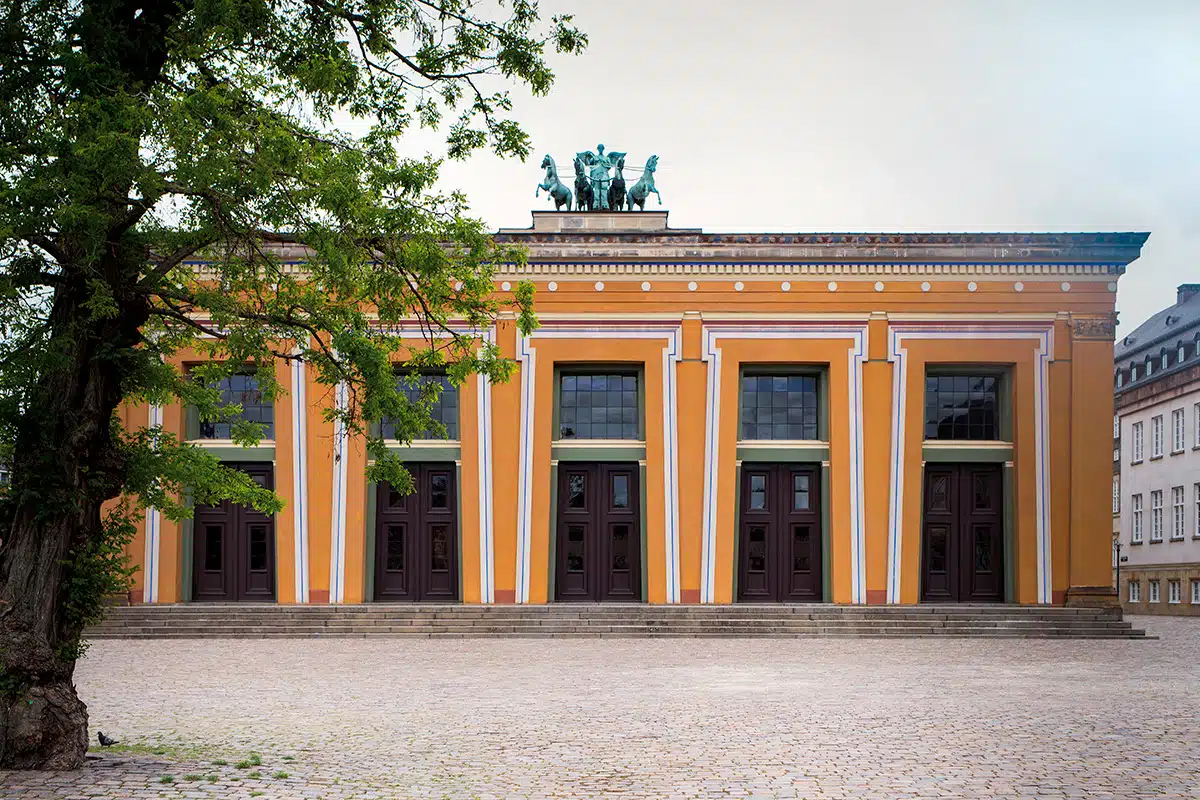 Photo: Mads Lund
Photo: Mads Lund
Correct!
Wrong!
Postmodernism prevailed in Denmark around 1975 and lasted for 20 years, challenging the clean lines of modernism. What was characteristic of this period?
 Photo: Planetarium
Photo: Planetarium
Correct!
Wrong!
An often-overlooked corner building at Gammeltorv in Copenhagen was built in 1937 – and stirred emotions at the time. Stelling's House is constructed in reinforced concrete and has simple, modern forms that differ significantly from the surrounding houses. Who designed this functionalist building?
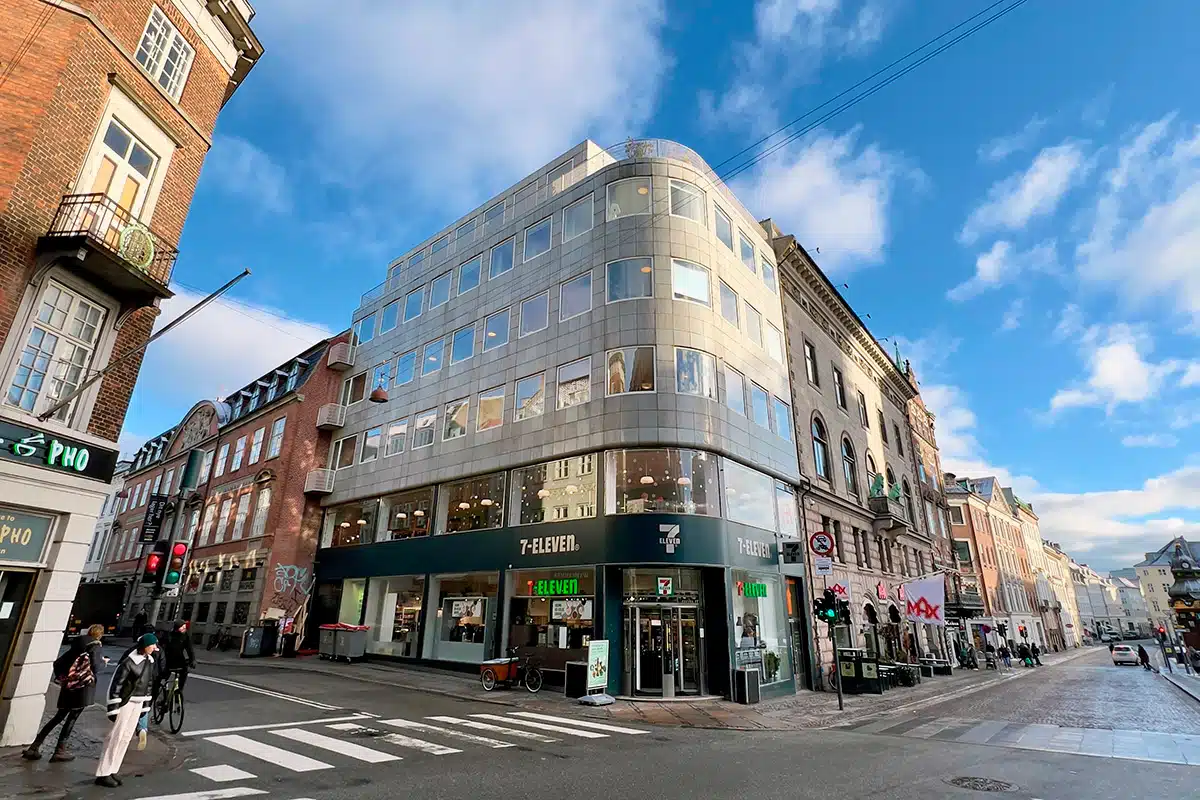 Photo: Andreas Grubbe Kirkelund
Photo: Andreas Grubbe Kirkelund
Correct!
Wrong!
National Romanticism (approx. 1890-1910 in Scandinavia) used, among other things, old Nordic materials and techniques. Which period was rediscovered during National Romanticism?
 Photo: Astrid Maria Rasmussen, Copenhagen Media Center
Photo: Astrid Maria Rasmussen, Copenhagen Media Center
Correct!
Wrong!
The Viking Age is known for ring fortresses, as the picture shows the remains of. But also for its longhouses made of wood. What did the longhouses resemble?
 Photo: Kevin B. Leigh, Unsplash
Photo: Kevin B. Leigh, Unsplash
Correct!
Wrong!
Rococo originated in France and is known for using intricate, asymmetrical ornaments inspired by East Asian art. Which of the following works represents Rococo?
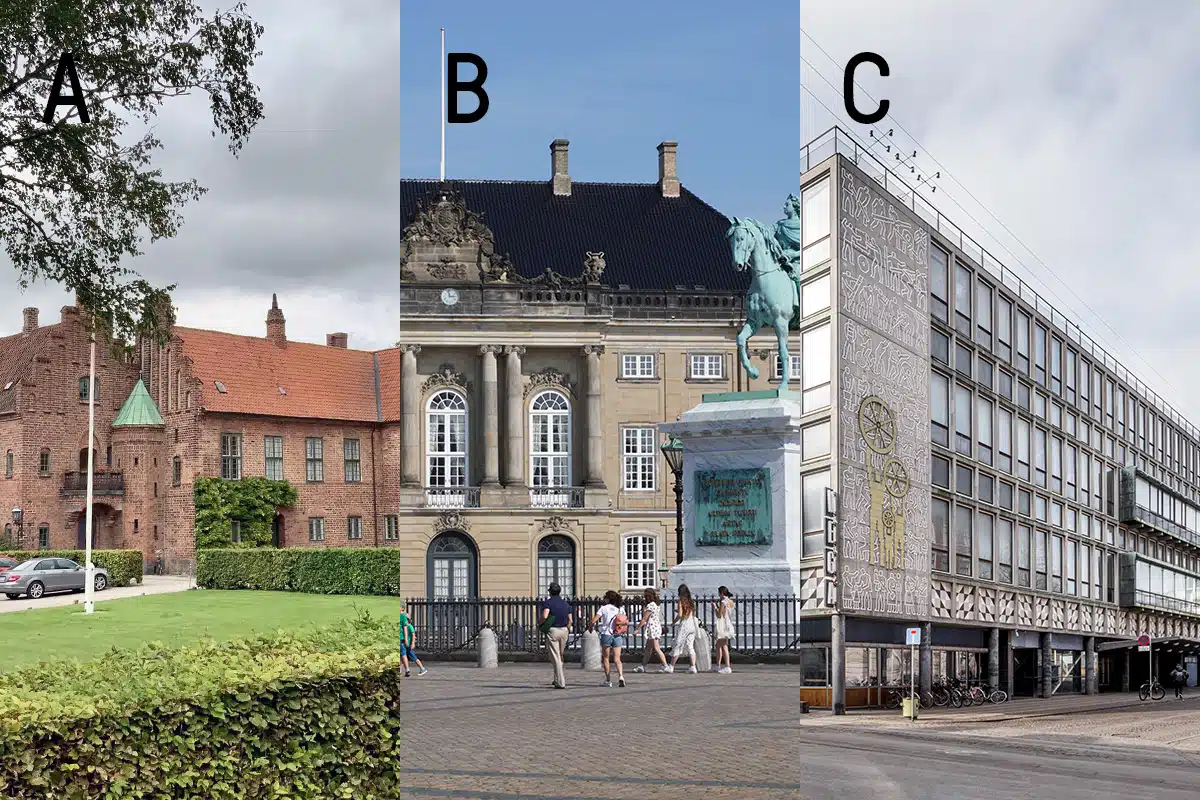 Photos: Jakob Fälling, Joseph Aee, Unsplash og Rasmus Hjortshøj
Photos: Jakob Fälling, Joseph Aee, Unsplash og Rasmus Hjortshøj
Correct!
Wrong!
With its characteristic circular courtyard in the center and its authoritative, square exterior, this architectural gem is one of the most significant works in Danish Neoclassicism (approx. 1915-1930). Which building is it?

Correct!
Wrong!
Quiz: How well do you know the history of architecture?
Well done! You have some gaps in your knowledge of architectural style periods. Architecture is a fascinating world that reflects history, culture, and technology over time.
Congratulations! You have a solid understanding of architectural style periods. Your answers show that you have a good grasp of the various architectural styles, their characteristics, and their influence on our urban environments.
You're practically an expert in architectural style periods. Your in-depth knowledge and insight into architectural styles and their historical contexts are impressive. This level of understanding opens a richer experience and appreciation of the architecture around us.


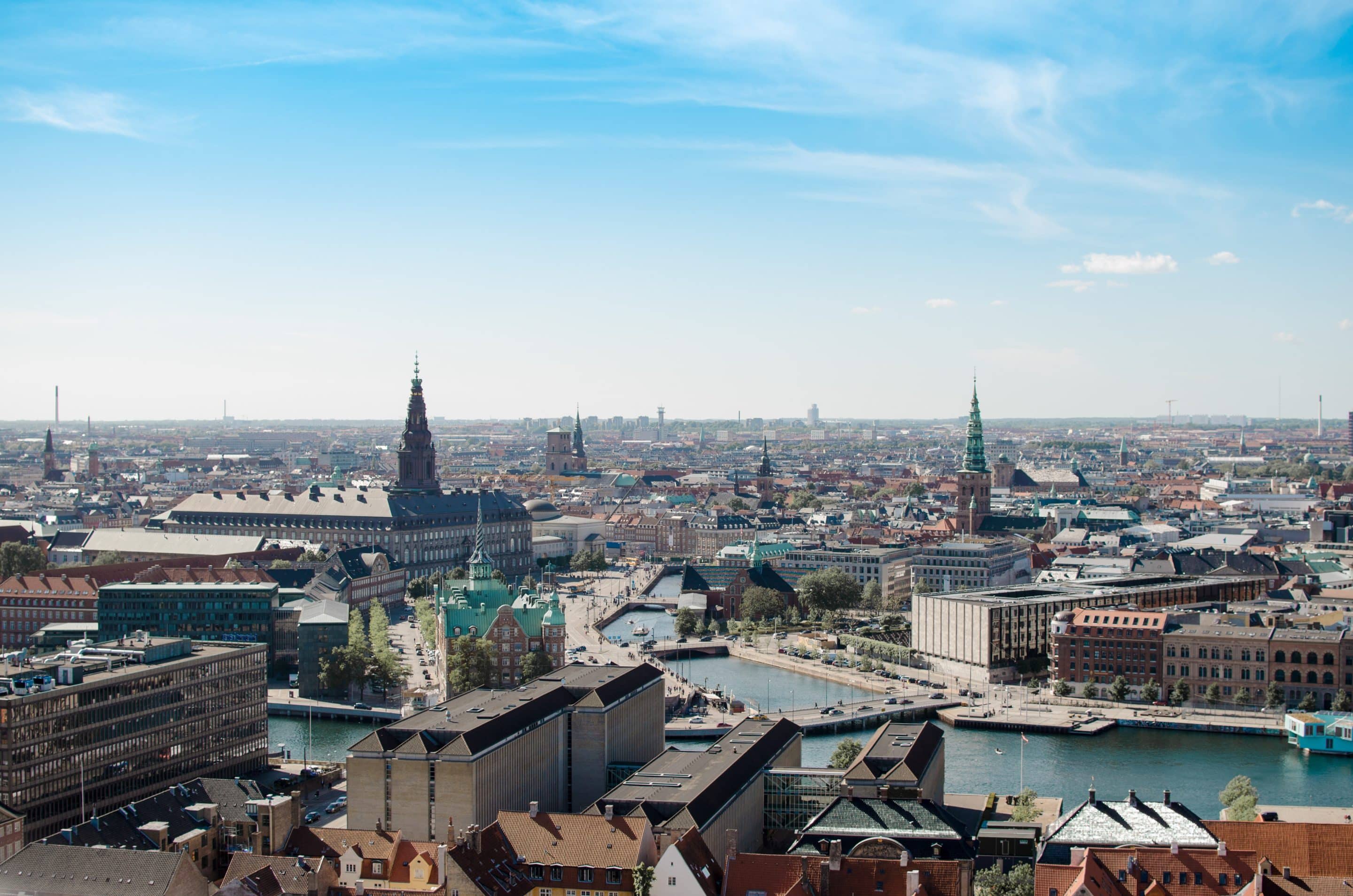
Recent Comments